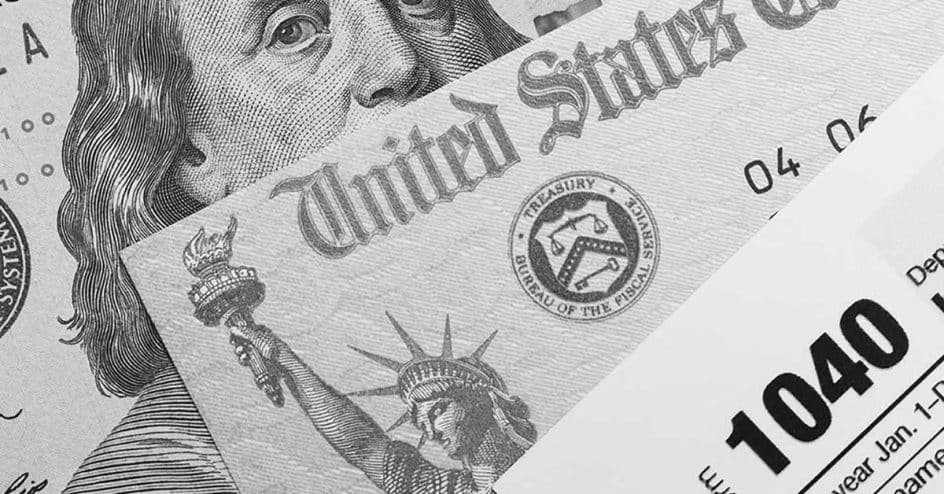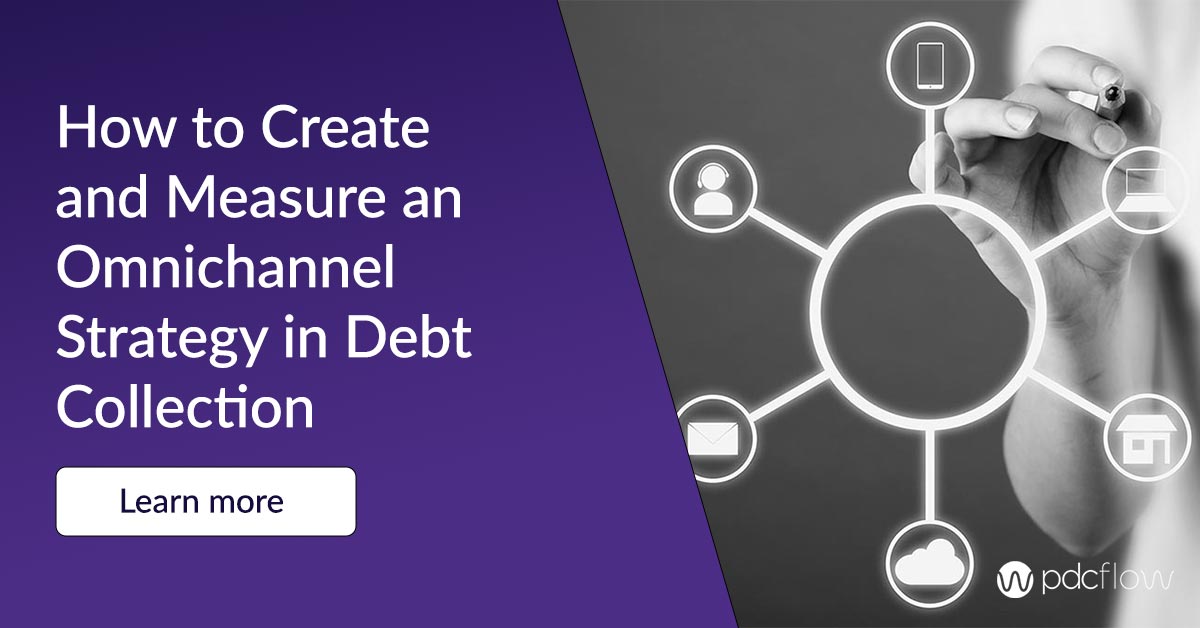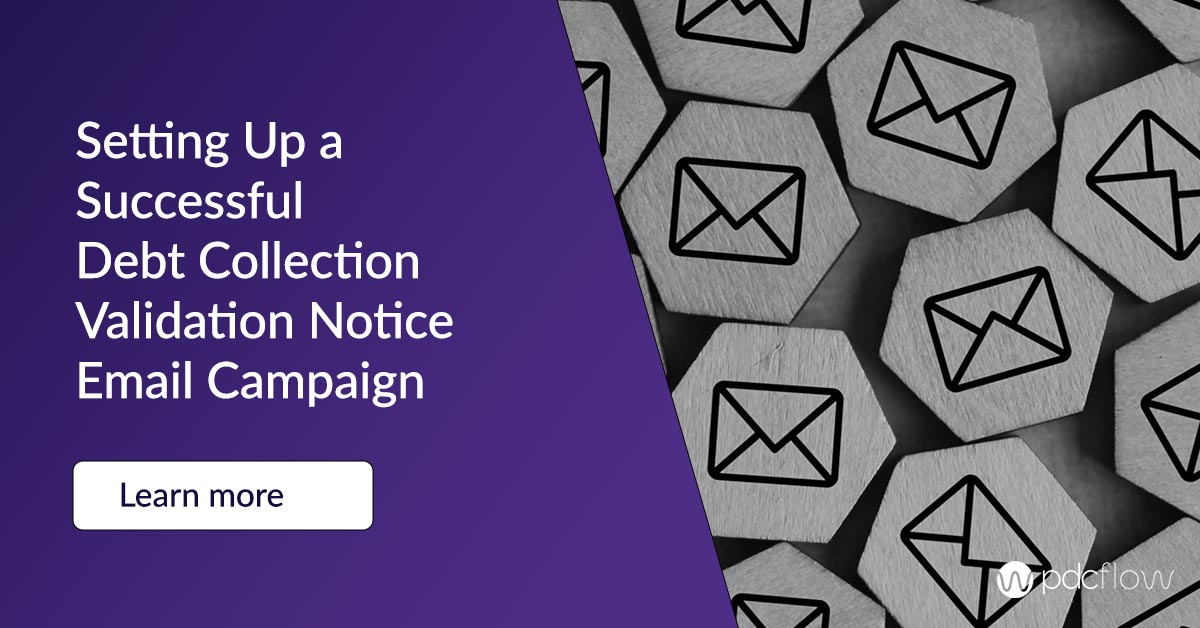Debt settlement campaigns are initiatives where debt collection agencies offer a discount to consumers to boost collection on old or unresponsive accounts.
Tax refund season is the best time to consider a debt settlement campaign within your debt collection agency.
A debt settlement campaign can help your agency:
- liquidate inventory more quickly
- increase revenue for you and your clients
- increase the energy and morale on your collection floor
At the same time, your consumer gets a deal, reduces their debt, and has more money left over for other expenses.
Shawn Suhr, CEO of Continental Credit Control, has spent much time developing his own formula for running a successful debt settlement campaign within his agency.
Here are the debt collection methods Suhr says can help your agency boost collection revenue.

Shawn Suhr
Debt Settlement Pros and Cons
When does accepting less make sense?
A collection settlement campaign can be effective in recovering funds you couldn’t collect otherwise. However, you must have criteria for which types of debts you include in this campaign.
Here are a few items to consider when deciding whether it makes sense to settle for less:
HAVE YOU PURSUED ALL OTHER OPTIONS?
Because a debt settlement campaign offers to reduce the amount of debt owed (sometimes by as much as 50 percent), you should not consider this process until after your usual collection strategies have been exhausted.
The ideal consumers for this debt recovery program are those who have failed to pay during other attempts to collect, yet still fall in a collectability scoring range that indicates they are still likely to pay.
Be sure the accounts you include are not too young. Suhr’s agency uses this campaign to collect from accounts between 9 months and 3 years from the date of placement, which allows your agency enough time to attempt other methods of collection before resorting to debt settlement.
IS THE CONSUMER ON A PAYMENT PLAN?
If a consumer is on a payment plan, or has made payments recently, it doesn’t make sense to include them in your debt settlement campaign. Offering to take less from a consumer who is complying with the regular collection process will cause you to lose money you could have easily collected.
However, if a consumer has made payments before but has stopped responding to standard collection methods, they may still be a good candidate for a debt settlement agreement.
HOW ABOUT WHEN THE CONSUMER CALLS YOU OUT OF THE BLUE?
This is likely because they have noticed they have the debt on their credit report and would like to get it taken off.
If you have recently spoken to consumers, you may not want to include them in the debt settlement campaign. The recent contact indicates that they may be willing to follow the regular debt collection process.
WHAT TIME OF YEAR ARE YOU RUNNING THE CAMPAIGN?
End of year is NOT a good time to recover funds. This is when people are spending money on Christmas presents and other expenses, and don’t have extra money to pay debts.
The best time of the year to collect is after a tax refund or when a tax refund is anticipated. The extra money from a refund check can push consumers to resolve unpaid debts.
Decide on Accounts to Target
1. Have all other options been pursued?
2. How old are the accounts?
3. Is a payment plan currently in place?
4. Has the consumer contacted you recently?
5. What time of the year is it? Tax season is usually the best time.
Running a Tax Time Debt Settlement Campaign
To roll out a collections campaign release, be sure you have the accounts scored in advance. This gives your agency time to determine which accounts should be included in the campaign.
It also allows your agency time to prepare collection debt settlement letters with appropriate dates and owed amounts, so the notices arrive to debtors around the desired date.
Along with the letters, Suhr’s company uses a call campaign about halfway through the selected dates of the debt collection settlement campaign. This gives consumers time to respond to the letter when received and reinforces the message with the calls.
Add Digital Strategies to Your Debt Collection Process
Now that the Consumer Financial Protection Bureau (CFPB) has finalized Regulation F, digital collection strategies can be used in a tax season debt settlement campaign.
Agencies can reach out to consumers through email and SMS in order to drive consumers to self-manage and make a debt settlement payment through online payment portals.
PDCFLOW FOR DIGITAL COMMUNICATION
PDCflow offers email and SMS message capabilities that can make your debt settlement campaigns even easier. With our Flow Technology, you can:
- Send a settlement letter with a link to pay in one message, so it’s faster and easier for consumers to take advantage of your offer.
- Send bulk messages through a simple Excel file upload to cut down on manual work.
- Track message performance through PDCflow’s Insights Reports. Sort and view desired information, watch payment performance, and monitor trends.
- Set messages to expire on the day settlement offers end, so consumers can’t access these links after the expiration date.
Keep These Debt Settlement Collection Strategies in Mind
Be selective about the accounts you decide are eligible for this program.
If you offer to reduce the amount due on an account that hasn’t gone through normal collections, you may be leaving money on the table.
If you select accounts that have aged too long or have a low collection score, it might not be worth the effort and expense to include them in this campaign.
When running a debt settlement campaign, you must have permission from your client ahead of time.
Suhr obtains permission from clients by building this collection strategy into his collection agreement.
Other agencies have used debt settlement permission as a check-in with clients to ensure they are happy with other aspects of their relationship.
This debt collection strategy isn’t successful for every client.
Be sure to monitor the campaigns you run and keep your clients informed. When a segment of accounts settle in high numbers as a result of your efforts, you may use this as proof that you are the right debt collector for the client.
When campaign results are lower than you’d hoped, communicate that too. Even if a debt settlement campaign wasn’t a success, you can still prove your worth to clients by showing a willingness to learn from your mistakes and adjust for the next year’s campaign.
Start small.
Begin with a few classes of accounts and monitor the results.
Suhr says you know a campaign isn’t working if you have less than a one percent response rate from consumers. If this is the case, you may reconsider using debt settlements as an action plan for collection on these particular clients.
Mail or email debt collection settlement letters in multiple batches.
If you mail all your campaign letters on the same day, you increase the chances of flooding your office with calls. To avoid an overwhelming number of calls to your office all in one day, space out the letters you send to give yourself time to help every consumer.
This is easier to control when using email and text messages instead of traditional mail. You can choose the date and time to send each message and track open rates more closely and consumers can choose to review the settlement letter and pay without the need to call your office.
If you write language giving a deadline for payment, or specifically mentioning that this is a one-time deal, stick to these facts.
Not adhering to this is a violation and can even lead to litigation.
Ensure you have “safe harbor” language on your settlement letters, such as a statement that your agency is not obligated to honor the deal beyond the listed end date.
If you use email settlement offers, you can send your settlement letter along with the link to pay. This also lets you set an expiration date for the payment request too. This way, no one can access a payment link or offer that no longer applies.
The key to a successful debt settlement campaign is monitoring your statistics right away.
Analyze your data while the information is fresh in your mind. Suhr makes a point to have all data analyzed within 15 days of the campaign’s end.
Email and text make analyzing data a lot easier. For example, PDCflow’s Insights Reporting helps agencies break down data to shape and improve future campaigns.
Metrics for a Collection Settlement Campaign
Some key metrics to consider when creating lists for your debt settlement campaigns:
- Age of the account
- Number of letters previously sent
- Number of days since last letter was sent
- Number of days since last attempt/contact/promise/payment
Don’t throw more money at overworked accounts. Suhr urges collectors to “go through and mine your data. Try to figure out what is the best class of consumers and at what dollar amount you want to send to a campaign.”
At Continental Credit Control, any account under $250 is not considered worth offering a settlement. Being strategic and setting these types of limits is important. As Suhr said, decide on a range for each metric and stick to it. This is the best way to create an appropriate group of recipients that are the basis of a successful campaign.
Key Metrics for a Debt Settlement Campaign
Age of account
Number of letters sent or contact attempts made
How many days since a letter was sent?
How many days since last attempt/contact/promise/payment?
Protecting Your Agency
DON'T USE THE WORD "SETTLEMENT" WITH CONSUMERS
Industry terms should usually be avoided when communicating with consumers. The word ‘settlement’ may remind consumers of legal action and can cause confusion (or even panic) when receiving their notice.
It may be best to use words such as offer, discount, or compromise that can clearly explain the deal you are proposing without causing concern to the debtors.
SEND EACH GROUP A SEPARATE LETTER
If it is necessary to mention credit reporting or other consumer-specific information, only do so to the appropriate portfolios.
Create a separate collection letter for each group of accounts to make sure you are not providing false or misleading information to consumers.
DO NOT MENTION HOW CREDIT MIGHT BE AFFECTED
You most likely do not have enough knowledge of each debtor’s circumstances to foretell how this payment will impact their credit. And not every individual’s credit will be changed with payment.
Therefore, it is best to avoid any statement of what will happen to a debtor’s credit score if they settle their debt during this campaign.
CHOOSE CLEAR, UNAMBIGUOUS LANGUAGE
Otherwise, your statements may be viewed as misleading.
- Using the word “if” or “if applicable” is not sufficient
- Making “true” statements is not sufficient
- Communicate in ways that make it impossible to be misunderstood
DON'T SAY THE SETTLEMENT OFFER ENDS IF YOU WILL STILL HONOR IT LATER
HAVE AN ATTORNEY REVIEW YOUR LETTERS
Even statements you may view as harmless can sometimes lead to litigation. For compliance and risk management purposes, it is important to have any written communications with clients reviewed by a lawyer first.
Get more resources and strategies to improve the payment experience for consumers and create a better cash flow for your business – subscribe for weekly updates or to our monthly newsletter.






